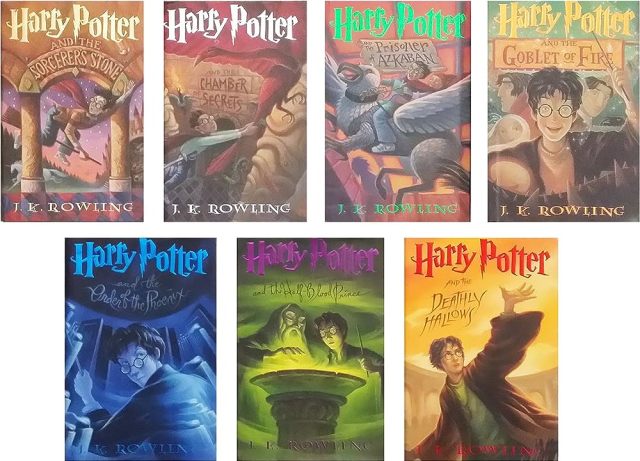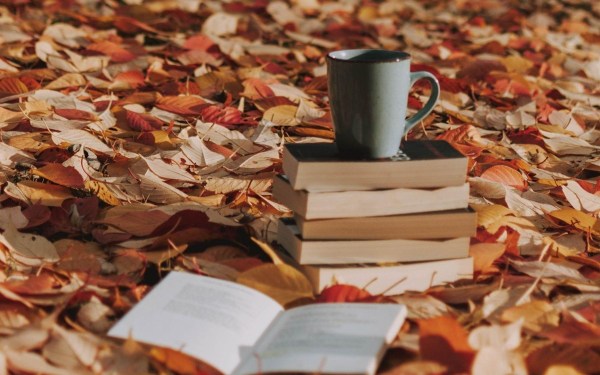Decades of Reading: From 1920s To The Present

Disclaimer
This post may contain affiliate links. I will make a small commission if you make a purchase through one of these links, at no extra cost to you. See full disclosure and disclaimer policy HERE.
Delving into the evolution of reading habits across different decades offers a fascinating glimpse into how society, technology, and culture have shaped our literary preferences over time. From the roaring 1920s, characterised by the emergence of modernist literature, to the digital age of the present day, where e-books and audiobooks reign supreme, the journey through the decades is marked by profound changes and enduring classics.
Table of Contents
- The 1920s: A Jazz Age of Literature
- The 1930s: Finding Solace In Stories
- The 1940s: War And Literature
- The 1950s: Beatniks And Counterculture
- The 1960s: A Cultural Revolution
- The 1970s: Diversification And Genre Expansion
- The 1980s: Commercialisation And Bestseller Culture
- The 1990s: Technological Innovation And The Internet Age
- The 2000s: The Age of Digital Disruption
- The 2010s: The Digital Reader
- The 2020s To Present: Exploring Literature In A Changing World
- Conclusion
- FAQs
The 1920s: A Jazz Age of Literature
In the 1920s, the world witnessed a cultural explosion known as the Jazz Age. This vibrant era gave rise to literary luminaries such as F. Scott Fitzgerald, Ernest Hemingway, and T.S. Eliot.
Their works reflected the disillusionment and upheaval of post-World War I society, capturing the spirit of the times through novels like “The Great Gatsby” and ground-breaking poems such as “The Waste Land.” Readers of the 1920s were drawn to tales of excess, escapism, and social critique, as they navigated the complexities of a rapidly changing world.
RELATED:
Review: The Great Gatsby by F. Scott Fitzgerald
The 1930s: Finding Solace In Stories
Amidst the economic hardships of the Great Depression, reading became a form of solace and escape for many. Pulp magazines, serialised fiction, and dime novels offered affordable entertainment, transporting readers to worlds of adventure, mystery, and romance.
Popular genres included detective fiction, science fiction, and the emergence of superhero comics, providing a much-needed distraction from the harsh realities of daily life.
The 1940s: War And Literature
The 1940s were dominated by the spectre of World War II, shaping both literature and readers’ tastes. War novels and memoirs, such as “Catch-22” by Joseph Heller and “Slaughterhouse-Five” by Kurt Vonnegut, offered poignant reflections on the human experience amid conflict.
Meanwhile, the rise of paperback books made reading more accessible to soldiers on the front lines, fostering a sense of connection and camaraderie through shared stories.



RELATED:
Review: The Insightful Catch-22 by Joseph Heller
The 1950s: Beatniks And Counterculture
In the 1950s, the Beat Generation emerged as a literary force, challenging societal norms and embracing a spirit of rebellion. Writers like Jack Kerouac, Allen Ginsberg, and William S. Burroughs captivated readers with their raw, unfiltered prose and exploration of existential themes.
Beat literature celebrated spontaneity, nonconformity, and the pursuit of authenticity, inspiring a new generation of readers to question authority and seek meaning beyond the confines of mainstream society.
The 1960s: A Cultural Revolution
The 1960s witnessed a seismic shift in literature, fueled by the civil rights movement, feminism, and the Vietnam War. Authors such as Harper Lee, Sylvia Plath, and Gabriel Garcia Marquez challenged entrenched power structures and championed marginalized voices.
Their works, including “To Kill a Mockingbird,” “The Bell Jar,” and “One Hundred Years of Solitude,” sparked conversations about race, gender, and identity, resonating with readers who sought to understand and dismantle systemic injustices.



RELATED:
Review: To Kill A Mockingbird by Harper Lee & Review: 100 Years of Solitude by Gabriel Garcia Marquez
The 1970s: Diversification And Genre Expansion
As the 1970s unfolded, literature became more diverse and inclusive, reflecting the changing demographics of society. Writers from marginalised communities, including women, people of colour, and LGBTQ+ individuals, gained greater visibility and recognition.
Genre fiction experienced a renaissance, with the rise of fantasy, horror, and speculative fiction captivating readers with imaginative worlds and epic storytelling. Meanwhile, the popularity of self-help books and personal development literature reflected a growing interest in holistic wellness and individual empowerment.
RELATED:
Why You Should Read Toni Morrison: Her Best Novels
The 1980s: Commercialisation And Bestseller Culture
The 1980s saw the proliferation of blockbuster novels and the rise of bestseller culture, fueled by aggressive marketing campaigns and celebrity endorsements. Authors like Stephen King, Danielle Steel, and Margaret Atwood dominated the charts with their mass-market appeal and page-turning plots.
While literary critics lamented the commodification of literature, readers embraced escapist fiction as a form of entertainment and relaxation in an increasingly fast-paced world.



RELATED:
Why You Should Read Margaret Atwood: Her Best Novels, Why You Should Read Stephen King: His Best Novels & Why You Should Read Danielle Steel: Her Best Novels
The 1990s: Technological Innovation And The Internet Age
The advent of the internet revolutionized the way people consumed and accessed information in the 1990s. E-books, online forums, and digital libraries offered readers unprecedented convenience and variety, paving the way for a new era of reading.
Authors like J.K. Rowling, Dan Brown, and Toni Morrison leveraged digital platforms to reach global audiences and build interactive communities around their works. The rise of fan fiction and online book clubs further democratized literary discourse, empowering readers to connect and engage with their favourite stories in new and exciting ways.
RELATED:
The World’s Best Mystery And Crime Fiction Book Series
The 2000s: The Age of Digital Disruption
In the 21st century, the digital revolution has transformed the landscape of publishing and reading in profound ways. E-readers, audiobooks, and subscription services have revolutionised the way people consume literature, offering instant access to vast libraries of content at the touch of a button.
Social media platforms and book recommendation algorithms have reshaped how readers discover new titles and connect with fellow book lovers, creating virtual communities and fostering a culture of literary fandom.
The 2010s: The Digital Reader
The 2010s marked a pivotal moment in the evolution of reading habits, as readers embraced new forms of literary consumption, traditional barriers to access began to dissolve, opening up a world of possibilities for book lovers worldwide.
Social media platforms and online communities played an increasingly significant role in shaping reading preferences and fostering literary discussions, creating a vibrant culture of engagement and interaction among readers.
The 2020s To Present: Exploring Literature In A Changing World
As we entered the 2020s, the digital revolution continued to reshape the landscape of reading, with emerging technologies and shifting consumer behaviours driving further innovation in the publishing industry.
The COVID-19 pandemic, in particular, accelerated the adoption of digital reading formats as lockdowns and social distancing measures prompted readers to seek solace and entertainment in the virtual realm.
Amidst these unprecedented challenges, literature remained a source of comfort, connection, and inspiration for readers of all ages, reaffirming the enduring power of storytelling in an ever-changing world.
Conclusion
From the literary renaissance of the 1920s to the digital revolution of the present day, the journey through these decades of reading reflects the ever-evolving relationship between readers, writers, and the written word.
While technology and cultural shifts continue to shape the way we read, the timeless appeal of storytelling endures, bridging generations and transcending boundaries in a world that is constantly changing.
FAQs
Did you like it? Pin this post for later!


















